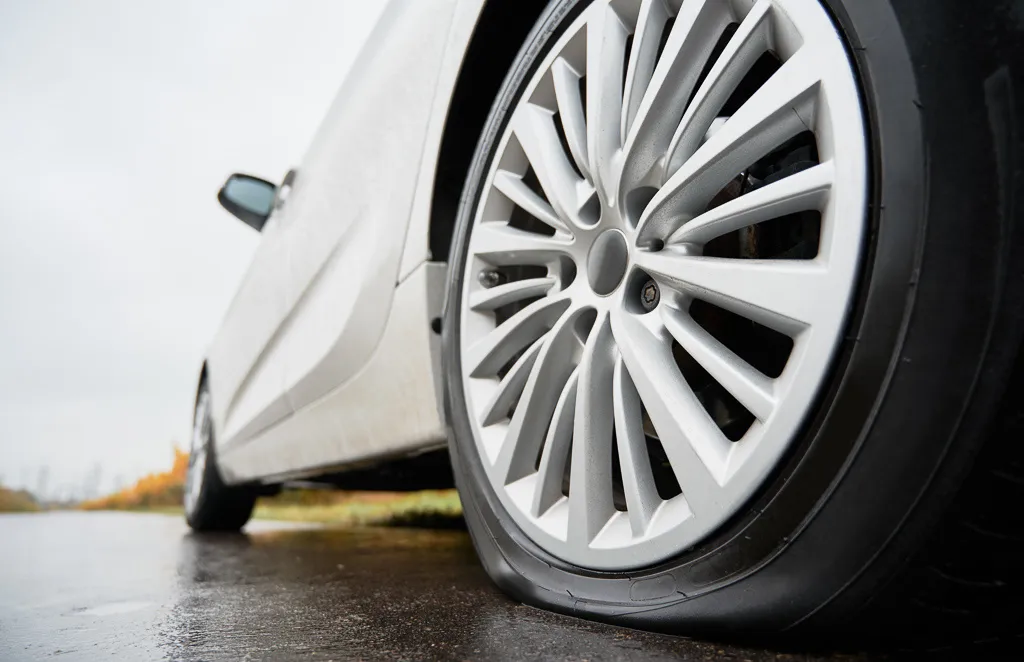
A tire sidewall blowout is a dangerous road incident that can be life-threatening due to a sudden vehicle’s loss of control. But what triggers a sidewall blowout, how can your car regain traction, and, most importantly, can a popped tire be avoided? Our 2024 Expert Guide cuts through the confusion, giving you steps to handle a blowout emergency and preventative measures to keep the tires intact.
What is the Tire Sidewall Blowout, and why is it so dangerous?
The dreaded tire blowout can turn a leisurely drive into a nerve-wracking experience. A blowout causes the tire carcass to collapse and the air pressure to rush outward, destroying the sidewall’s rubber layers.
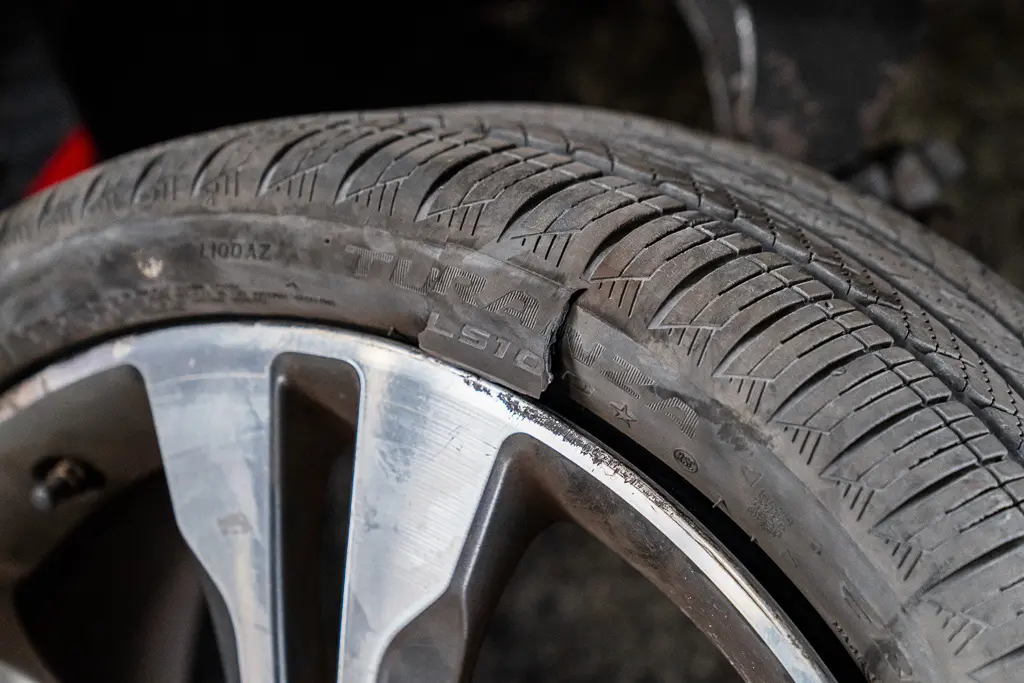
The tire swiftly deflates, and the car potentially veers off course. It can catch a driver by surprise and increase the risk of collisions with other vehicles and roadside objects. The worst outcome—a rollover when trying to steer the car back on track.
Blowouts are more likely to occur at high speeds, especially during high-speed driving on highways rather than in stop-and-go traffic, due to the increased heat buildup in the tires at higher speeds. Regular tire maintenance, especially maintaining the correct air pressure, is crucial in preventing blowouts and ensuring vehicle safety.
Besides the immediate danger, sidewall blowouts can lead to extensive damage to the wheel rim, undercarriage, and a vehicle’s bodywork.
Blowouts are a stark reminder of the importance of tire maintenance—an action we often sideline until it’s too late. Let’s see what causes the blowout and how to avoid it.
4 Main Causes of Sidewall Blowouts
There are 4 key factors resulting in sidewall blowouts:
- Underinflation
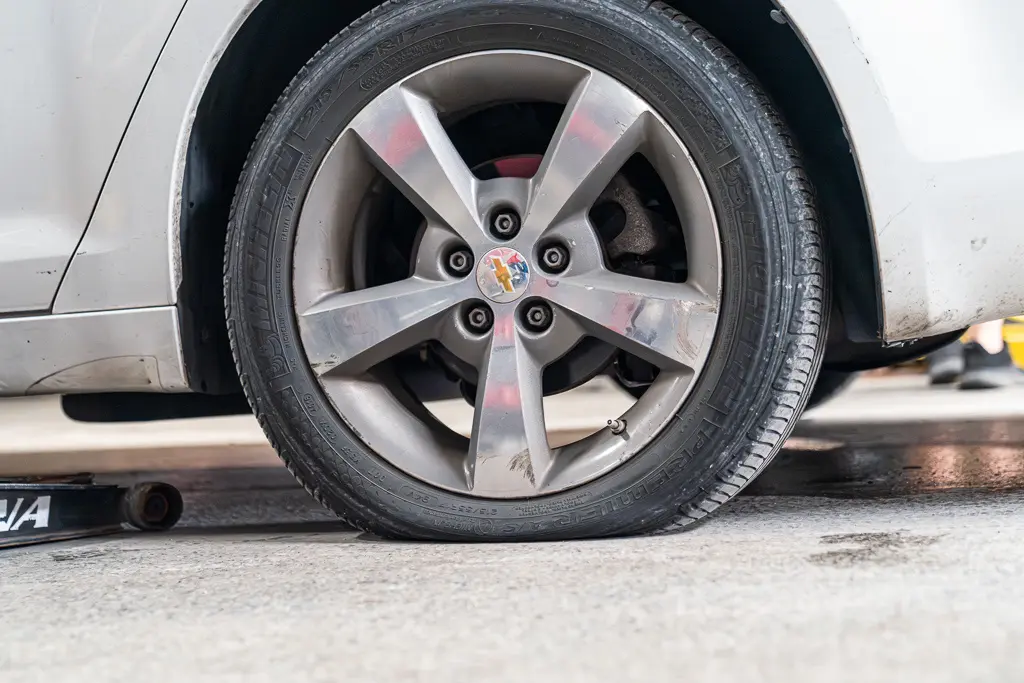
Underinflated tires lose structural support. The ability to handle the vehicle’s weight is compromised.
- Overloading
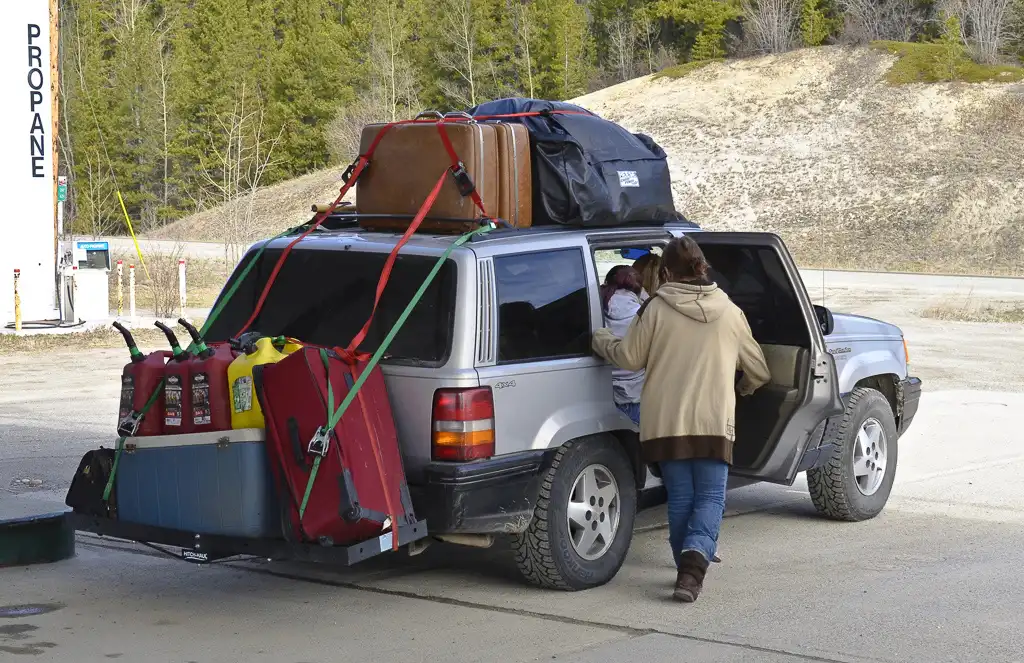
Packing your car beyond its weight limit puts extra strain on the tires. This can cause them to bulge and, potentially, blow out.
- Impact damage
Everything, from hitting curbs and potholes to running on debris or sharp objects, can weaken the sidewall, bringing a potential blowout risk.
- Poor tire maintenance
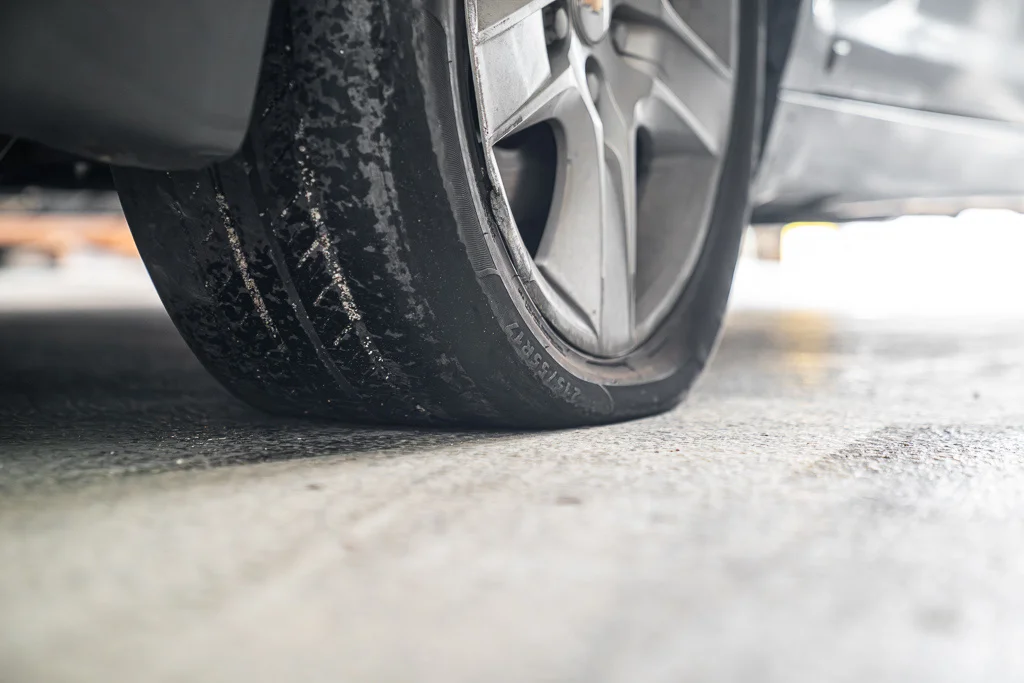
Not storing tires correctly and ignoring regular maintenance actions and inspections exacerbate the above-mentioned issues and increase tire blowout risk.
What is the most common cause of tire blowouts?
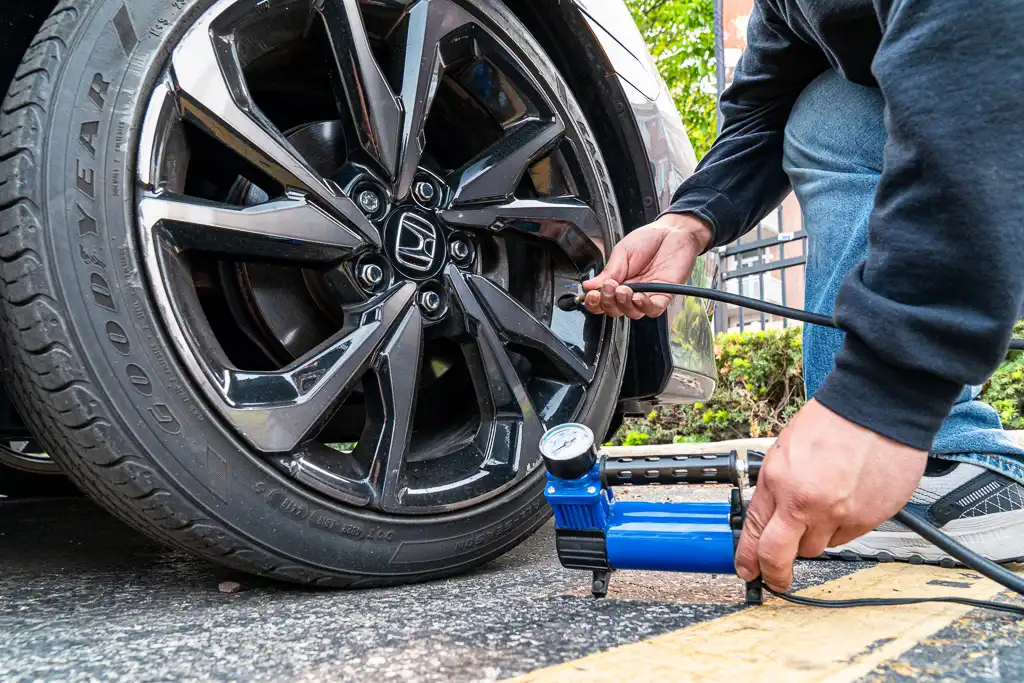
However, the most common cause of tire blowouts is underinflation. It leads to increased friction, heat, and, ultimately, tire failure. It exposes more surface area to the road and generates additional friction, causing heat and air expansion.
Learning the signs of a potential blowout
Sidewall blowouts, like a thunderstorm on a sunny day, strike without warning. Or do they? Believe it or not, your vehicle may have been trying to communicate with you, hinting at an impending blowout. Attention to unusual sounds coming from tires is crucial for the early detection of potential tire problems. A popping sound, for example, could indicate tire damage.
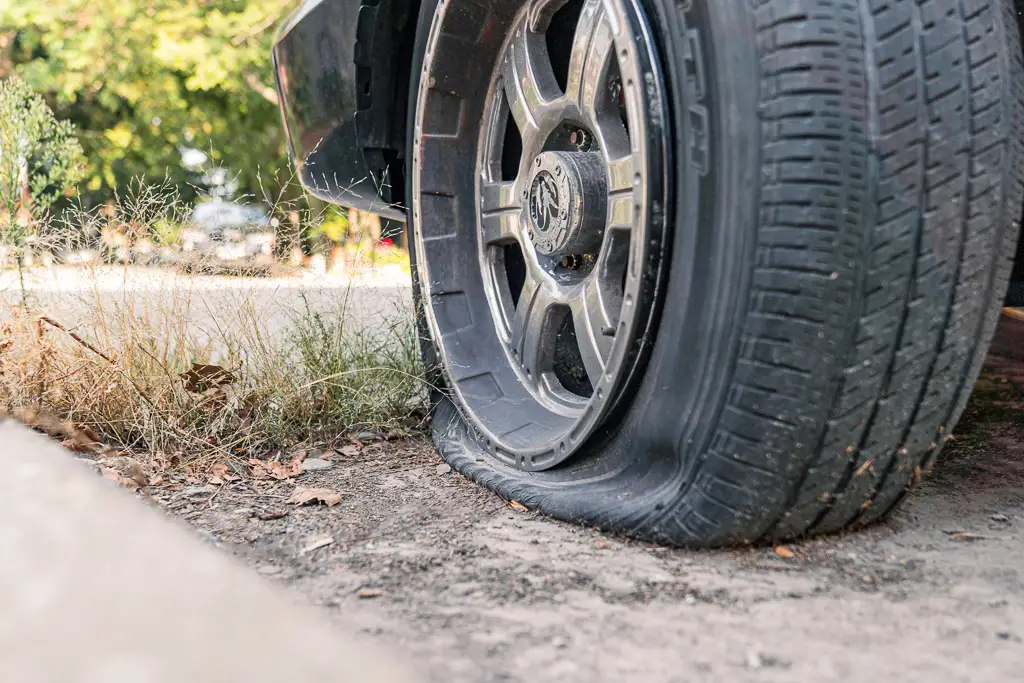
The key is learning how to decode these signs.
What should you look for in a regular inspection?
Regular inspection of tire sidewalls is essential to identify potential issues that could lead to blowouts. Here are some things to look for:
- Cuts, сracks, scrapes
- Bulges, bumps
- Punctures
Think of it as a routine health check-up for your tires. Just as you would look for unusual spots or changes in your body, you should check your tires for any visible cords or exposed steel belts, which are alarming indicators of serious damage.
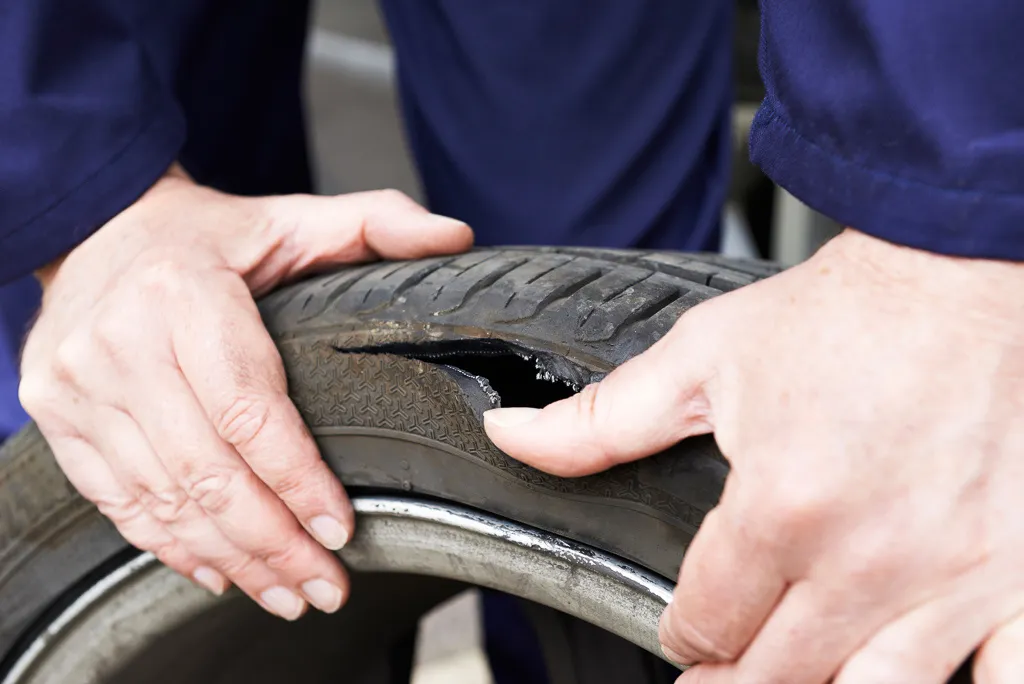
Preventive inspections should encompass assessing the tire for any above-mentioned damages, including checks for low tread and shifted belts.
Keeping tires properly inflated
Regularly checking tire pressure is akin to monitoring your blood pressure. It’s an important preventative measure that shouldn’t be ignored. The average recommended tire pressure for most vehicles ranges between 32 and 34 PSI (see your manufacturer’s requirement on the driver’s seat door jamb).
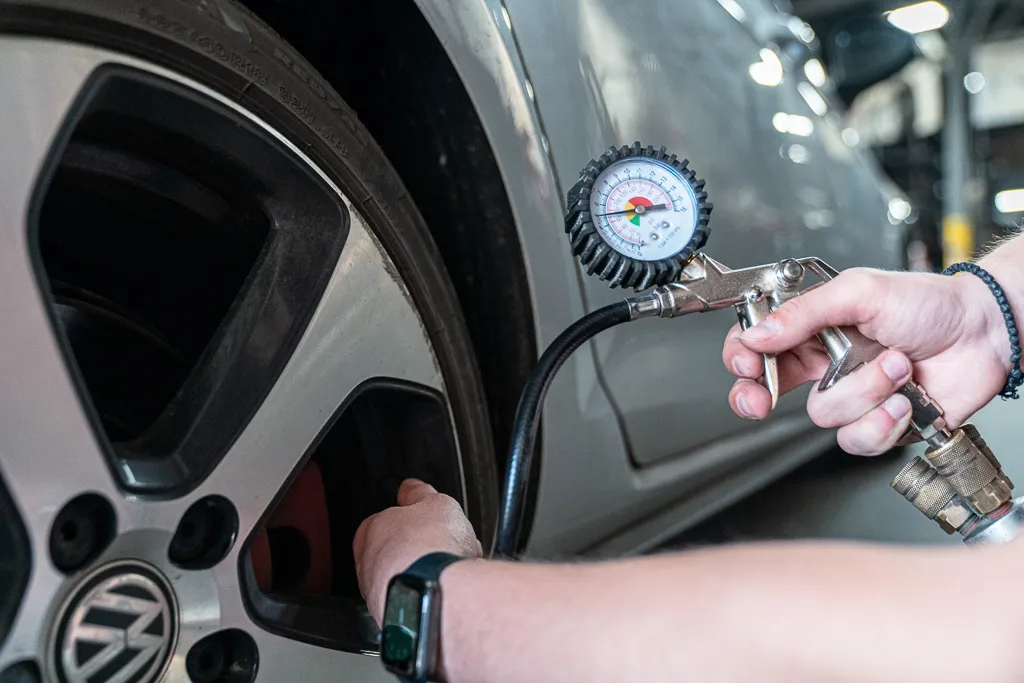
Use a tire pressure gauge, or check out the TPMS indicator (Tire Pressure Monitoring System) on your dashboard instrument panel to ensure your tires are properly inflated. Monthly tire pressure checks are essential, with extra attention to inflation levels in winter when you need to adjust the pressure in temperature changes/extreme temperatures promptly.
Can you drive with a blown-out tire?
Driving on a blown out tire is not advisable as it can cause further damage to the vehicle, loss of control, and potential accidents. Operating a vehicle with a flat tire can damage the car and the wheel, compromising handling and increasing the risk of an accident. After a blowout, it is generally advised to refrain from driving a car with a flat tire and consider options like changing the tire or calling a tow truck.
3 Steps: what to do during a sidewall blowout
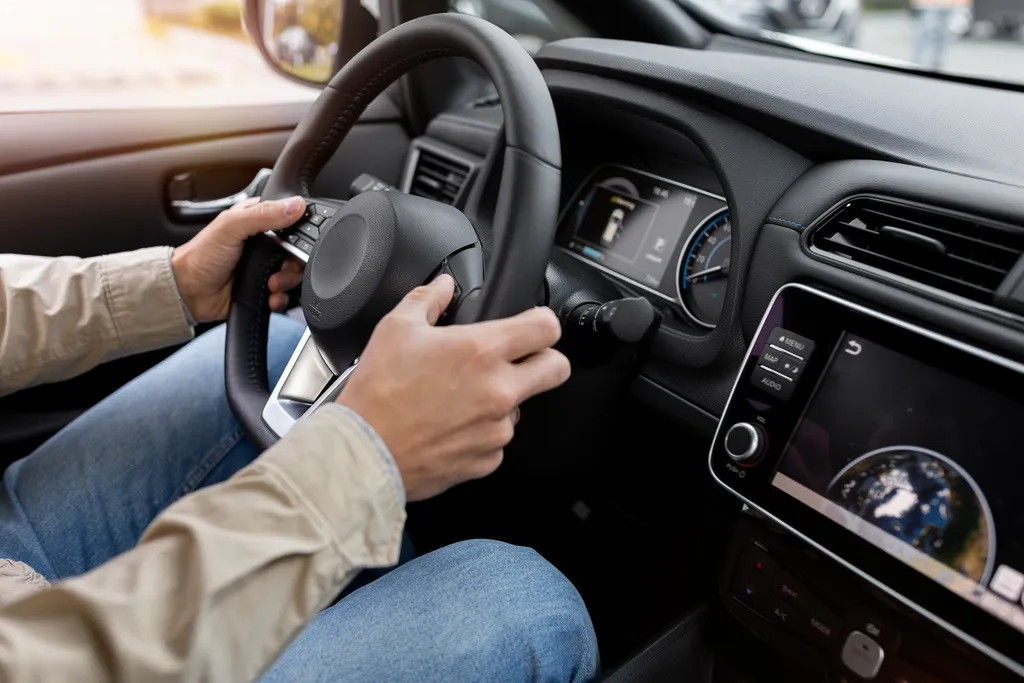
In the unfortunate event of a sidewall blowout, knowing how to react can make the difference between a scary experience and a catastrophic one. Immediate reactions are crucial. The driver should:
- Slightly step on the accelerator to maintain vehicle momentum and counter the pulling force of the blown tire. It may seem counterintuitive, but slamming on the brakes can lead to loss of vehicle control.
- Stabilize the vehicle by maintaining a straight course and a firm grip on the steering wheel.
- Pull over safely to manage the vehicle’s direction.
After regaining control, the vehicle should be gradually slowed down before signaling and carefully maneuvering to the roadside to pull over safely.
Maintaining control of the vehicle
During a blowout, maintaining control of the vehicle is paramount. It’s natural to want to brake abruptly or oversteer, but these impulses should be resisted as they can cause you to lose control of your car. Proper seat and hand positioning aids in maintaining control during a blowout. Maintain a firm grip on the steering wheel and gently counter-steer to keep the vehicle in its lane.
Gradually decelerate by letting off the gas and allowing the vehicle to slow down before pulling over, avoiding braking if possible. Think of it as a ballet dancer’s graceful pirouette, where every movement is measured and calculated to maintain balance.
Safely pulling over

Once you have control of the vehicle, the next step is to pull over safely. This should be done by activating the emergency lights and beginning to gradually decelerate by lifting your foot from the accelerator without applying the brakes abruptly. It’s like gently releasing a held breath, slow and steady.
Use the right turn signal to indicate the intention to move to the roadside and steer towards a safe area to pull over when the road is clear, staying in the right-hand lane if possible. As the vehicle slows to around 30 mph, gently apply the brakes to bring the vehicle to a full stop, ensuring you are stopping safely from active traffic.
Post-blowout actions
After a blowout, certain actions must be taken to ensure safety and minimize damage. These actions include assessing the situation, changing the tire, or seeking professional help.
It’s like a post-match analysis; you need to understand what went wrong, assess the damage, make necessary changes, and seek help.
Changing a tire by yourself
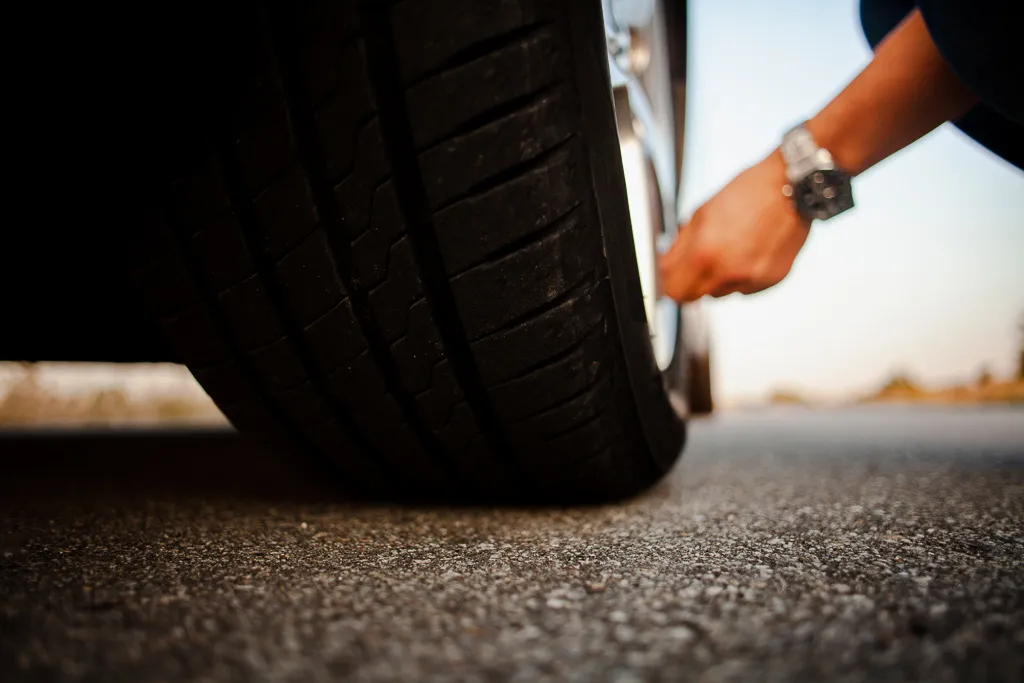
When the dust settles after a blowout, it’s time to assess the situation for immediate safety concerns and potentially further damage to the vehicle. You can’t drive on a popped tire and must change it after your car is parked safely away from traffic. Call for towing services if you’re in a location where it’s impossible.
Follow the step-by-step instructions to change a tire:
- Engage hazard lights.
- Apply the parking brake and wheel wedges.
- Remove hubcap.
- Loosen lug nuts.
- Use the jack to lift the vehicle.
- Change the tire.
- Tighten the lug nuts correctly.
- Lower the vehicle completely.
- Check the spare tire’s pressure.
- Stow all the equipment used.
- Replace the hubcap if necessary.
It’s like assembling furniture; you must follow the instructions meticulously to ensure the end product is safe and functional.
Seeking professional help
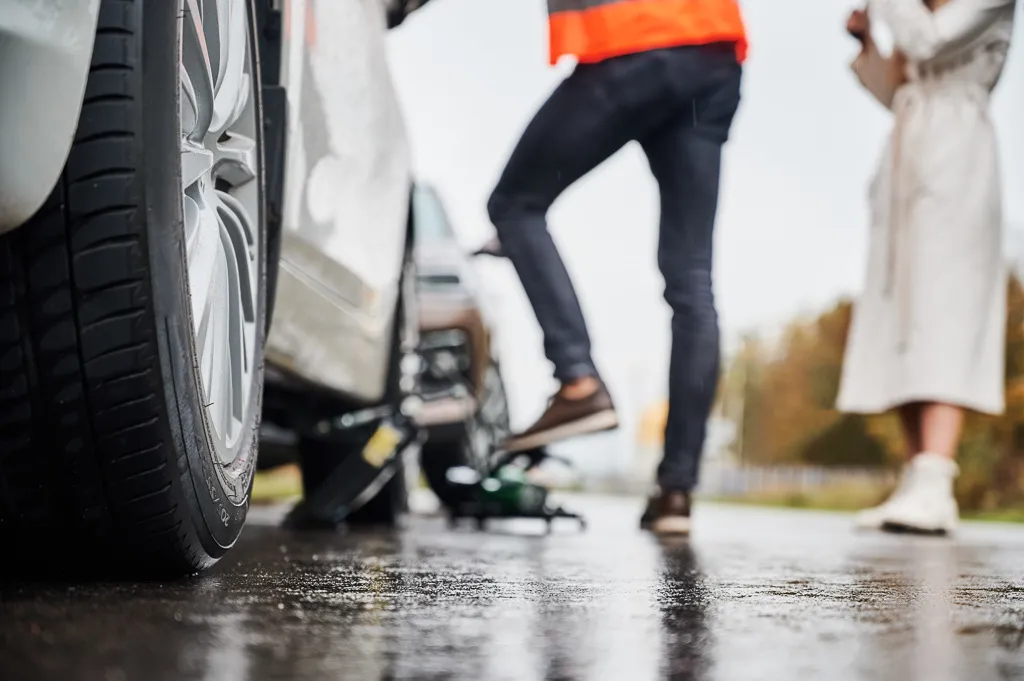
If you are uncertain about safely changing a tire by yourself (that can be a case of being trapped on a multi-lane highway), contact a tow company. Remember that a temporary spare tire isn’t meant for extended use.
A professional mechanic will determine whether your damaged tire can be repaired. Follow his recommendations. It’s like visiting a doctor after taking first aid measures at home; you need a professional’s opinion to ensure everything is alright.
Preventing tire sidewall blowouts
Prevention, as they say, is better than cure. Sidewall blowouts can be a terrifying experience, but with the right knowledge and practices, they can be prevented. Here are some key strategies for tire health and the prevention of tire’s sidewalls blowouts:
- Regular inspection of tires for wear and damage
- Rotating tires every 5,000 miles
- Maintaining proper tire alignment and inflation according to the vehicle manufacturer’s specifications
By following these practices, you can ensure the health of your tires and reduce the risk of a frightening experience—sidewall blowouts.
Regular tire maintenance
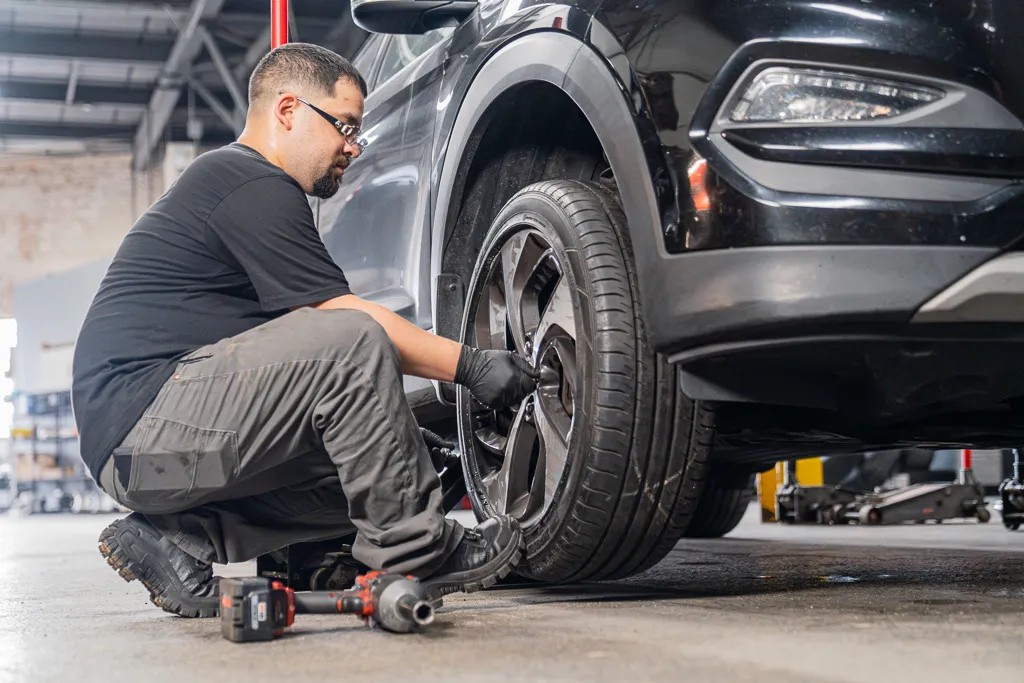
- Regularly inspecting tires can detect uneven wear patterns, essential in indicating potential sidewall issues and necessitating a tire’s replacement.
- Keeping tires inflated to the manufacturer’s specified pressure will help prevent uneven wear, avoid cupping, and maintain tire longevity and fuel economy.
- Rotating tires according to a set pattern ensures even wear over time and helps identify the appropriate time for tire replacement.
- Performing tire alignment regularly can prevent uneven wear and tear, which, if left unaddressed, may lead to tire damage and increase the risk of a sidewall blowout.
Choosing quality tires
Choosing quality tires is essential for safety on the road. First, you must consider the climate, the terrain, and driving habits. The brand doesn’t necessarily have to be expensive, but the tire model must correspond to your driving conditions.
Our insider rating of the safest tires includes the following models:
- Firestone Destination A/T2
- Continental ExtremeContact DWS 06 Plus
- Bridgestone Blizzak LM005
- Michelin Pilot Sport S 5
- Pirelli Cinturato P7 C2
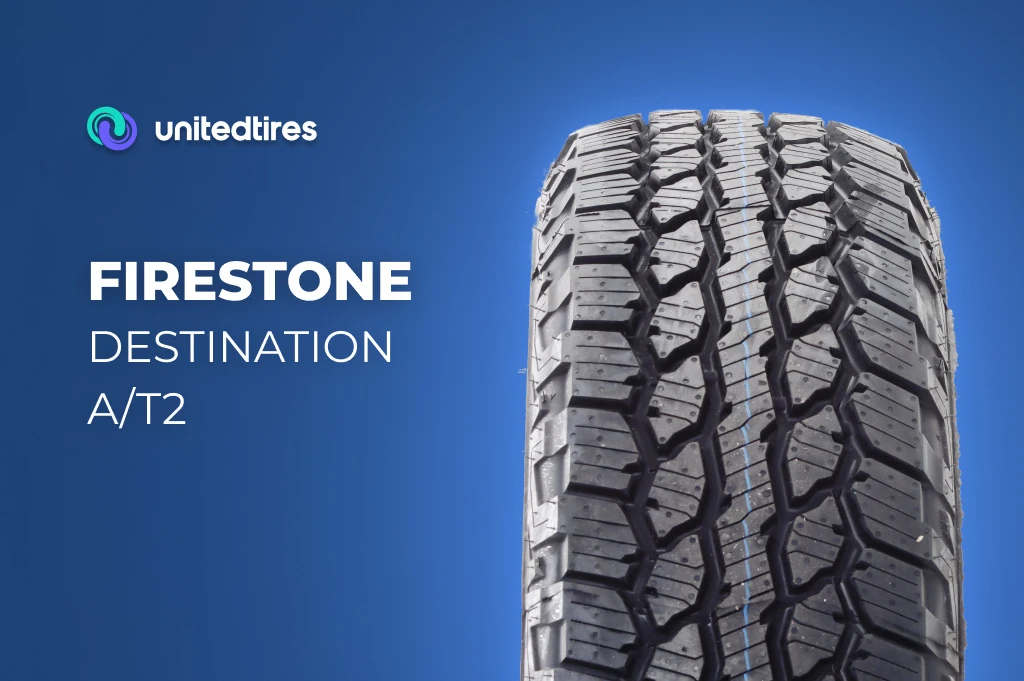
And don’t forget about run-flat tires, designed with reinforced sidewalls that help maintain vehicle control after a puncture or damage, reducing the risk of a sidewall blowout! Check out our catalog of run-flat tires and choose one that fits your requirements and budget.
United Tires’ expert’s recommended run-flat tires are:
- Goodyear Eagle Sport All-Season ROF
- Michelin Primacy MXM4 ZP
- Pirelli P Zero Run Flat
- Maxxis Victra M-36+ RFT
- Continental ContiProContact SSR
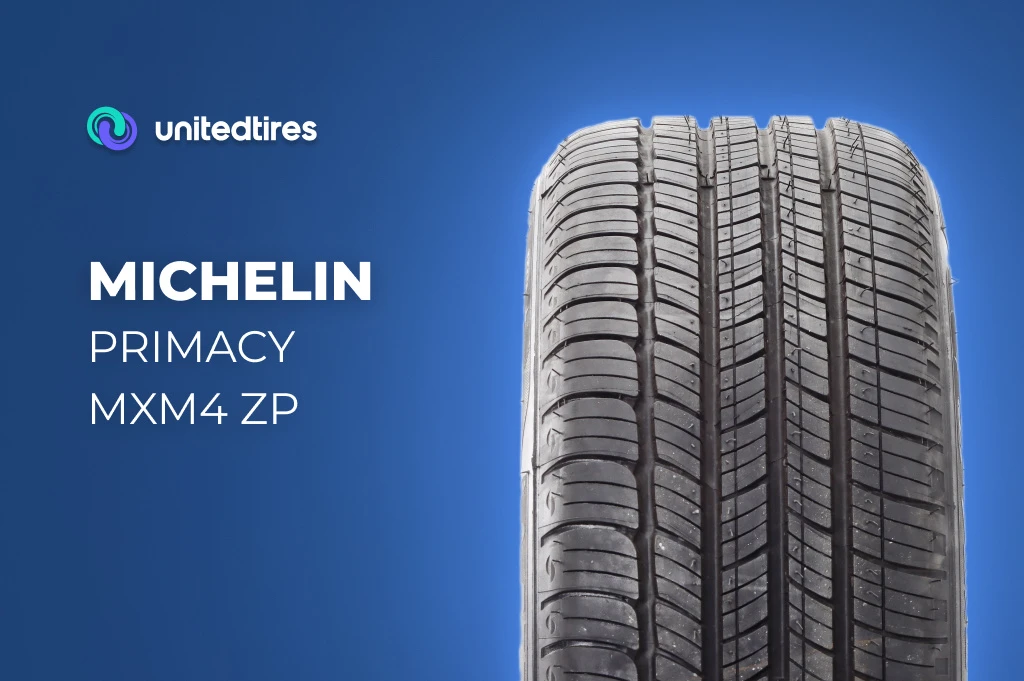
When selecting tires, remember to match the vehicle’s recommended load index and speed rating. It is vital for minimizing the likelihood of sidewall blowouts.
Awareness of any manufacturing defects or recalls related to tire brands is an important aspect of selecting quality tires. When you shop with United Tires, you can be 100% sure of the quality of the tires you’re purchasing. All used tires undergo a 3-step quality control. And our experienced customer support crew will help you choose the best tire for your ride. Call us 1-888-566-6214. We’re available 24/7!
Maintaining healthy driving habits

Just as you would avoid potholes while walking or running, the same applies when driving. Potholes, sharp objects, and other debris on the roadway can cause significant tire damage, leading to:
- sidewall blowouts
- punctures
- tire bulges
- tread separation
Navigating around these hazards or slowing down when unavoidable can significantly reduce the blowout risk. It’s like dodging obstacles in a video game; the better you get at it, the higher your score. In this case, the score is your safety and the longevity of your tires.
Frequently Asked Questions
What does it mean if your tire pops?
A tire pop or blowout means that the tire has experienced a sudden loss or reduction in air pressure, leading to a collapse of the tire structure. This can lead to the vehicle slowing down abruptly and veering to one side, potentially resulting in losing control.
What to do when tire blowout?
When confronted with a tire blowout, it is essential to:
- Maintain control of the vehicle
- Refrain from abrupt braking
- Gently guide the vehicle to a safe area before fully stopping
- Gently accelerate and keep the vehicle steering as straight as possible to maintain control
After a tire blowout, a driver should gradually slow down by easing off the accelerator, activating emergency lights, and steering towards the right-hand lane to pull over when safe.
What is a tire blowout characterized by?
A tire blowout is characterized by:
- The rapid loss of air pressure in a tire
- Often resulting in the tire’s inability to support the vehicle’s weight and maintain its shape
- Blowouts usually occur when a tire encounters an object that severely damages its structural components, preventing it from holding air and causing further ripping as air escapes.
Are tire sidewalls repairable?
No, tire sidewalls are not repairable. Experts or tire manufacturers do not recommend it, and even if temporarily fixed, it’s best to have the tire replaced as soon as possible. At Utires, you can find repaired tires, but never—on the sidewall, as it is dangerous and has a high risk of accidents.
Why did my tire pop from the side?
Your tire likely popped from the side due to driving with low pressure, which creates excessive heat and breaks down the inside of the tire, especially at higher speeds. The sidewall is naturally the weakest part of the tire, making it more susceptible to road hazards and low-pressure damage.
How much damage can a tire sidewall take?
If the cut in the tire sidewall is only a few millimeters deep, it can still be driven on. However, any damage that goes deeper into the sidewall requires replacement. Be cautious and replace the tire if the damage is significant.
What are the signs of an impending tire blowout?
If you notice unusual sounds from the tires, visible cords or exposed steel belts, bulges, cracks, punctures, low tread, or shifted belts, these could be signs of an impending tire blowout.
